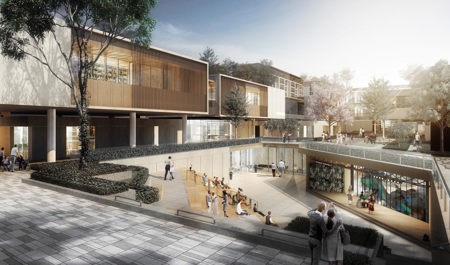

Joyful Healthcare Community Center
GN Architects
Traditional Chinese aged communities often adopt a "closed" space strategy, with the elderly living in large "castles" of introversion. The inspiration from the topological structure of traditional Chinese villages is adopted in this case, instead of crammed all functions into one building. To liberate the various functions from the "integrity", architects separate it into 22 "function boxes" with reduced height, which naturally form the spatial texture of "Low Rise High Density" and create a large number of "Grey Space" for informal social interaction.
The community center would develop into a "metabolism" effect as the whole community grows. A series of "neutral" spaces are set on ground floor, including inside-out courtyard studios and outside-in glass boxes, which could be a florist, a cafe, a club or a salon, even a temporary guest room for a family visitors.
The complex building forms an open mouth to the city. Commercial spaces on the ground floor extend from the city to the community, and blurs the boundary. Recreation and sports are concentrated above the bottom commercial space, mainly serving the elderly in the community.